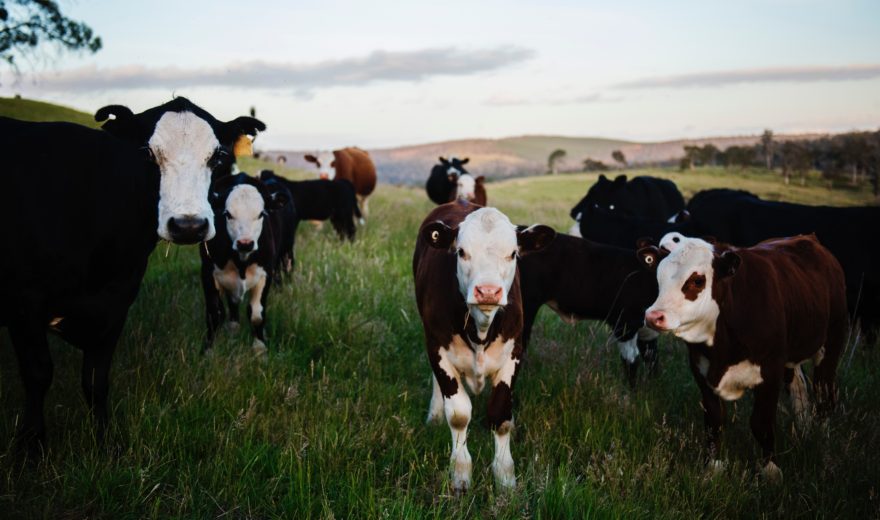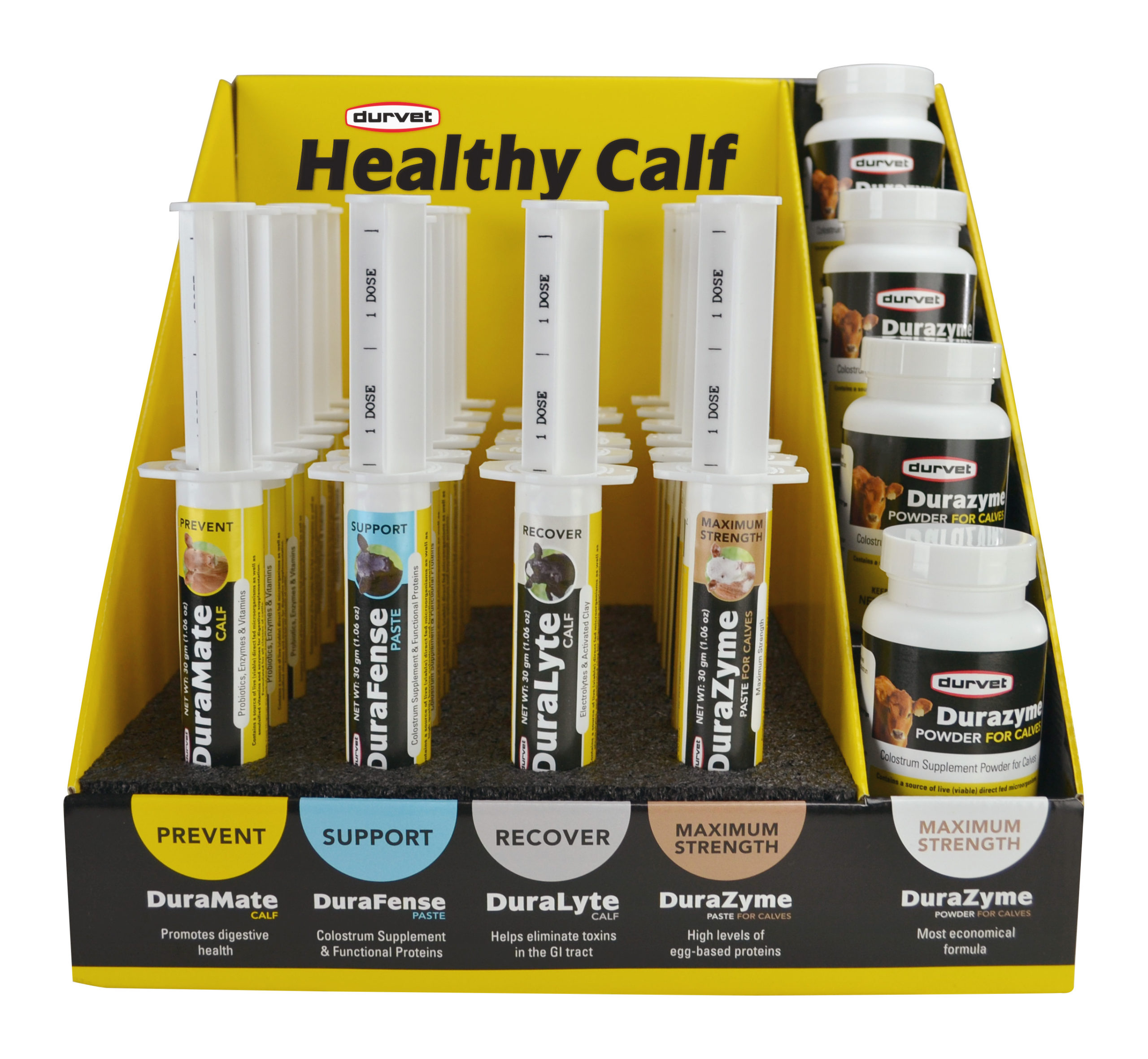
Will New Administration Try to Mitigate Rules on Antibiotics Usage in Food Animal Production?
The short answer: probably not. Furthermore, dealers shouldn’t change their preparations to comply with the new rules governing the judicious use of antibiotics in food animal production, as we have been stressing for more than a year in ProfitBuilder.
President Obama and his administration’s strategy to restrict the use of antibiotics in agriculture went into effect on January 1, 2017. Agri-Pulse Communications reported in its newsletter (November 30, 2016) that “he’s also leaving behind some proposals that could easily be reworked or spiked by the incoming Trump administration.”
“And starting in 2017, no antibiotics important in human medicine will be labeled for use for growth promotion and feed efficiency,” Agri-Pulse noted. “Only disease treatment and prevention will be approved uses on animal antibiotic labels.” The administration came under sharp criticism from consumer advocates for not mandating companies to remove growth promotion from antibiotic labels, Agri-Pulse pointed out. The label changes were undertaken voluntarily at the FDA’s request, but the end result was the same.
According to Michael Taylor, who stepped down earlier this year as FDA’s deputy commissioner for foods, all companies agreed to end the sale of the drugs for growth promotion. According to Taylor, there is only a slim chance the industry will reverse these major initiatives: “There’s very little incentive to turn backward on this issue given where the market is and consumers are. It’s a global phenomenon.”
Earlier this fall, McDonald's announced all chickens it buys now have been raised without the use of medically important antibiotics. Also, Smithfield Foods, Tyson Foods and other major U.S. and foreign livestock producers agreed to a statement that lays out a series of steps to reduce the use of antibiotics, including the prohibition of antibiotics for growth promotion in countries where it continues to be permitted.
Another major step the FDA took under President Obama was to begin annual reporting on sales of antibiotics for food animals. The administration also is trying to ramp up on-farm monitoring of antibiotic used to determine to what extent resistance may be occurring in agriculture.

As Donald Trump’s new administration takes charge in 2017, the drug companies could focus on limiting some of the reporting requirements that Obama has implemented. “We are taking a look at regulatory changes to see if there are suggestions we can make for greater efficiency; the issue of reporting is an area that needs attention,” said Ron Phillips, vice president of legislative and public affairs for the Animal Health Institute, which represents drugmakers.
“We have long advocated for a science-based, well-thought-out system of reporting all uses of antibiotics that would help users become better and more efficient. Current sales reporting meets none of these criteria.” The new FDA leaders also could have reservations about the veterinarian oversight requirement. The National Grain and Feed Association and the American Feed Industry Association in August petitioned FDA for relief, saying most veterinarians lack personnel and resources needed to implement and maintain the computer systems.
Another issue Obama’s FDA is leaving behind is the idea of setting limits on how long some antibiotics can be given to livestock and poultry for treatment of infections. There are currently no time limits on some uses of the drugs.
The agency in September said that it would solicit industry and public input on what the limits should be. The deadline for comments to be filed was extended to March 13, 2017. AHI hasn’t filed its comments yet, but Phillips said that any new usage limits should be “driven by science and recognize that all of these products will be used only under the direction of a veterinarian.”
Source: Content for this article was provided by Agri-Pulse Newsletter: Agri-Pulse Communications, Inc., Washington, D.C. and Camdenton, Missouri. Contact Sandi@Agri-Pulse.com to receive a free four-week trial subscription to the Agri-Pulse Newsletter.

 BACK TO MAIN BLOG
BACK TO MAIN BLOG 

Comment